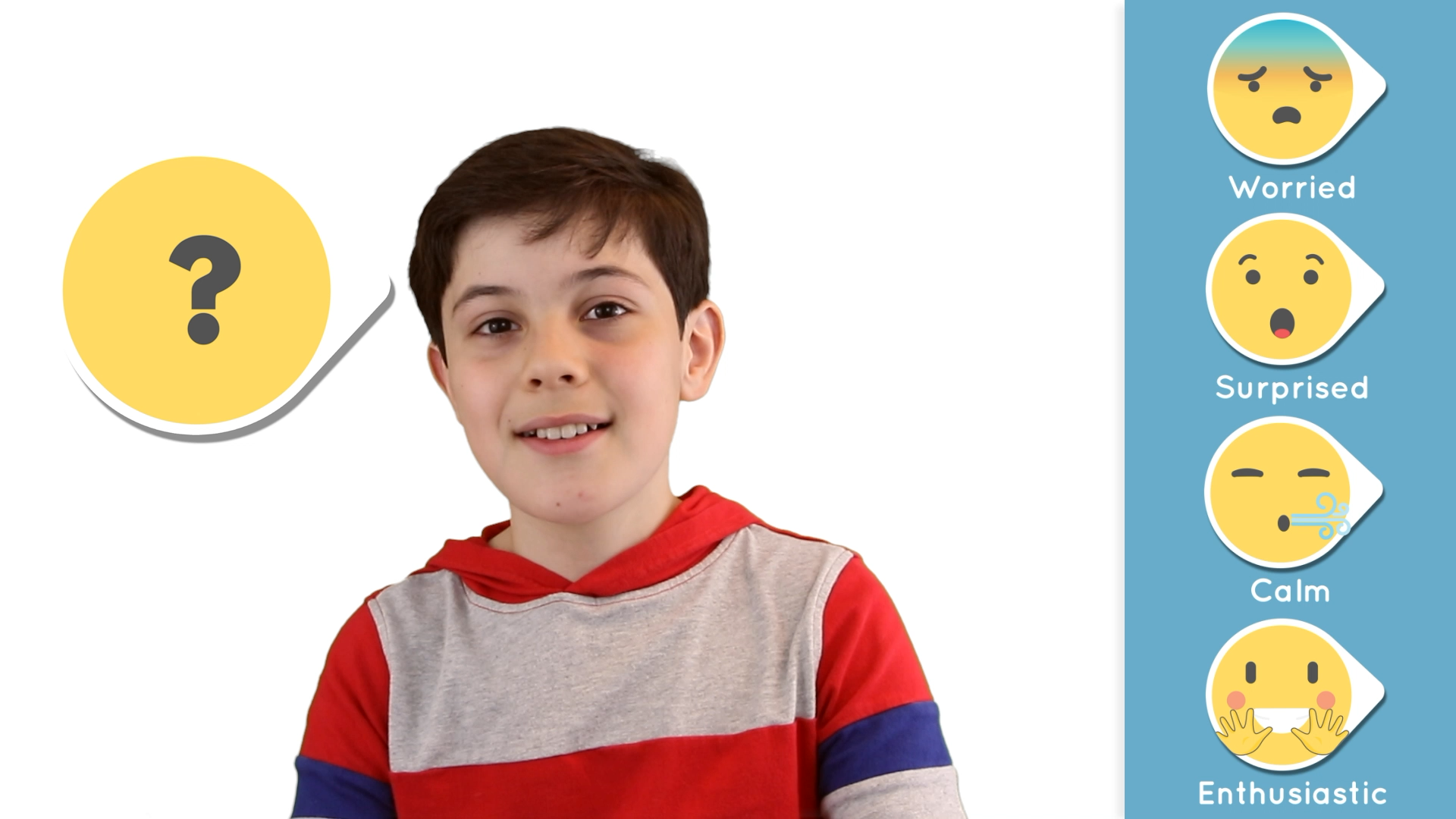
Introduction
Emotion ID is a game designed to help students develop their ability to recognize emotions in others, an essential skill for building empathy and forming strong social connections. By focusing on three key aspects – facial expressions, tone of voice, and the words spoken – students can learn to identify various emotions in a fun and engaging way. In this blog post, we will introduce a no-prep activity that educators can use to teach students how to recognize emotions, provide discussion questions to stimulate further thought, and suggest related skills to enhance students’ social-emotional learning.
No-Prep Activity
This activity requires no preparation or materials from the educator. To start the Emotion ID game, have students sit in a circle. One student will volunteer to be the “emotion actor” and will choose an emotion card (or think of an emotion) without showing it to the others. The actor will then act out the chosen emotion using their facial expression, tone of voice, and specific words or phrases. The rest of the students will observe and try to guess the emotion being portrayed.
After the emotion has been guessed correctly or the actor chooses to reveal it, the group can discuss the clues that helped them figure out the emotion. The game can continue with a new volunteer as the emotion actor, allowing students to practice identifying a range of emotions.
Discussion Questions
- What were the key facial expressions, tone of voice, and words that helped you identify the emotion being portrayed?
- Why is it important to recognize emotions in others? How can this skill help us in our daily lives?
- Have you ever misinterpreted someone’s emotions? How did that affect your interaction with them?
- What strategies can you use to improve your ability to recognize emotions in others?
- How can understanding someone’s emotions help you respond to them in a more empathetic and supportive way?
Related Skills
In addition to recognizing emotions, there are other skills that can help students develop their social-emotional learning. Some related skills include:
- Active listening: Paying close attention to what others are saying and responding appropriately.
- Empathy: Understanding and sharing the feelings of others.
- Non-verbal communication: Recognizing and interpreting body language, eye contact, and gestures.
- Conflict resolution: Resolving disagreements in a constructive and respectful manner.
- Assertiveness: Expressing one’s thoughts, feelings, and needs in a respectful way.
Next Steps
Emotion ID is just one of the many engaging activities that can help students develop their social-emotional learning skills. To explore more activities and resources, we encourage you to sign up for free samples at EveryDaySpeech. By incorporating these materials into your teaching, you can support students in building strong social connections and navigating the complexities of their emotional worlds.

